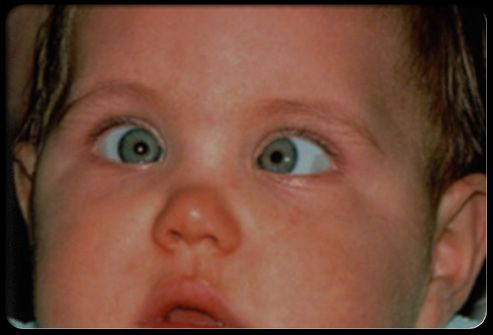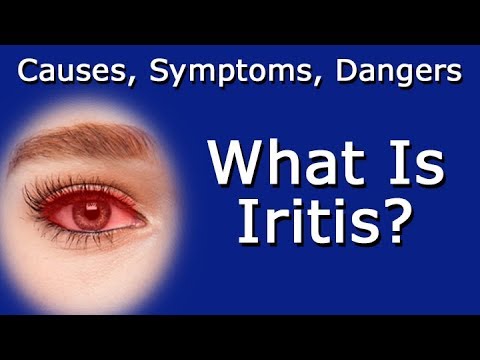
The two main components of the eye are the cornea and the lens, and these parts help focus light. When the eye is too long, light rays focus behind the retina and are blurry. Because of this, it is difficult to see objects that are close to you. As a result, the person with long-sightedness has trouble seeing things that are close to them. People with this condition may squint to see items more clearly and may even experience headaches after doing activities that require near-focus.
People who are born with long-sightedness are usually able to see objects at a distance clearly, but not at a close range. In addition to this, they may also have clear vision in the distance. However, if they have long-sightedness due to genetics, they might experience discomfort and headaches from focusing on objects that are far away. The most common cause of this problem is aging, but it can also be acquired in childhood.
People with mild farsightedness can still see objects at a distance, but their near vision is not as sharp. As a result, they may experience headaches or visual discomfort. Some people with this type of condition may not even notice that their eyes are farsighted because they can see distant objects well. They are considered nearsighted and the condition can occur at any age. In most cases, symptoms become more noticeable after the age of 40.
A person with moderate or severe farsightedness will have clear distance vision, while their nearsightedness will not be a major problem. In some cases, a person may have a mild degree of farsightedness. This condition usually occurs after the age of 40 and can lead to headaches and visual discomfort. As with other vision problems, glasses and contact lenses can help. If the condition is severe, the optometrist may prescribe appropriate treatment. More information about the treatment of farsightedness can be found on the website https://www.kopertis4.or.id/.

A person with a slight degree of farsightedness will be able to clearly see objects in the distance. This cannot be said about a person with a severe form of farsightedness. The condition causes a person to experience headaches and visual discomfort. A doctor will be able to tell if a person has farsightedness at this stage. But a person with a severe degree of condition should be shown immediately.
When light from near objects is not brought into focus in time to hit the retina, it is considered long-sighted. The point of focus would be behind the retina. The eye compensates by changing the lens’s thickness, which allows the light to reach the retina. During the process of adaptation, the eye is able to bring light into focus in the eye. In this case, the patient must adjust his or her glasses or contact lenses to make their vision clear.
Hypermetropia is a condition in which the eye is able to see far objects, but cannot focus on objects that are nearer. As a result, a person with long-sightedness is unable to focus on objects that are nearby. A person with long-sightedness can easily focus on objects that are far away, but the ability to focus on objects that are close will be diminished. This is a common symptom of the disease.
People with long-sightedness may also develop long-sightedness in childhood. Children with the condition tend to be longer than those with normal eyesight, so there’s a high chance of it developing. Older people often suffer from long-sightedness because the lens of their eye becomes stiffer as they age. In this case, long-sightedness is often due to presbyopia, which means that the lens of the eye becomes longer than it should be.
If you suffer from long-sightedness, you will find it difficult to read. If you have long-sightedness, you may squint to read small text or hold books at arm’s length. Your eyes may also become strained when you try to look at objects close to you. Aside from genetics, long-sightedness can also be caused by certain medical conditions. For example, some people have weak eye muscles.

Leave a Reply